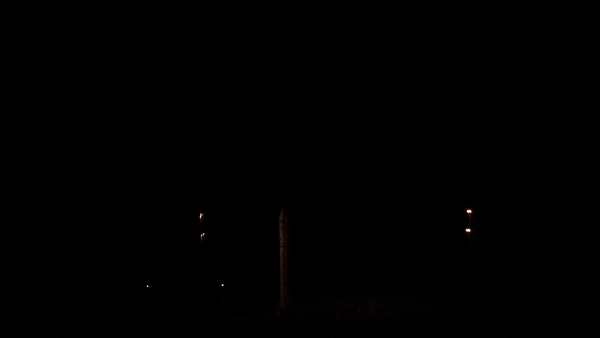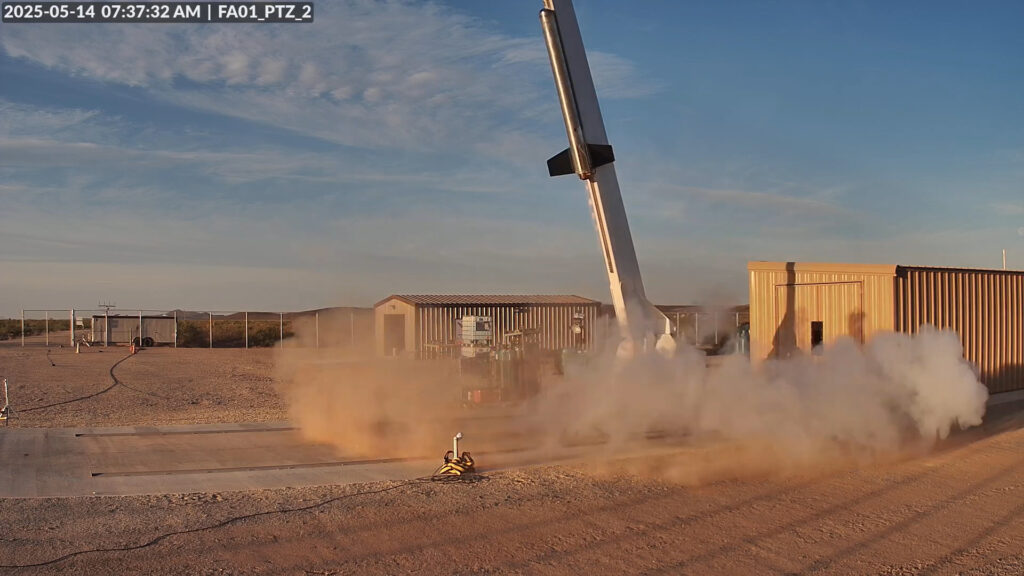
Chinese startup Galactic Energy is flying high again after a successful satellite launch on Monday (Dec. 4).
The company’s Ceres-1 solid rocket lifted off from Jiuquan Satellite Launch Center in northwest China at 6:33 p.m. EST on Monday (2333 GMT; or 7:33 a.m. Beijing time on Dec. 5). The rocket rose into a dark, predawn sky above the Gobi Desert.
Aboard were the Tianyan 16 and Starpool 1A satellites. Both were inserted into near-polar orbits with altitudes of roughly 310 miles (500 kilometers).
Related: Chinese company’s rocket launches 3 satellites into orbit
Tianyan 16 is a meteorological satellite carrying microwave detection and other payloads for atmospheric and sea surface pressure measurements. The satellite was designed and built by Beijing-based private firm Cultivate Space.
Starpool 1A is a remote-sensing satellite for Elliptical Space and Time (EllipSpace), another Beijing-based company. Its Starpool 02-A and Starpool 02-B satellites launched earlier on Monday, piggybacking on the launch of MISRSAT-2 for Egypt via a Long March 2C rocket, also from Jiuquan.
Ceres-1 is a 62-foot-tall (19 meters), four-stage rocket that can send 880 pounds (400 kilograms) to low Earth orbit.
RELATED STORIES:
The mission was Galactic Energy’s 10th successful Ceres-1 launch, and its first since suffering its first failure back in September. Monday’s mission was named “We Won’t Stop.”
Galactic Energy says it has now served 16 commercial satellite customers and successfully launched 35 commercial satellites of different types.
The firm is also developing a liquid-propellant rocket named Pallas-1. That rocket will initially be expendable, but its first stage will eventually be reusable, the company has said.


